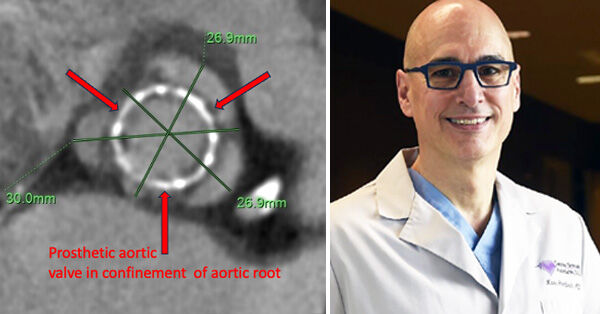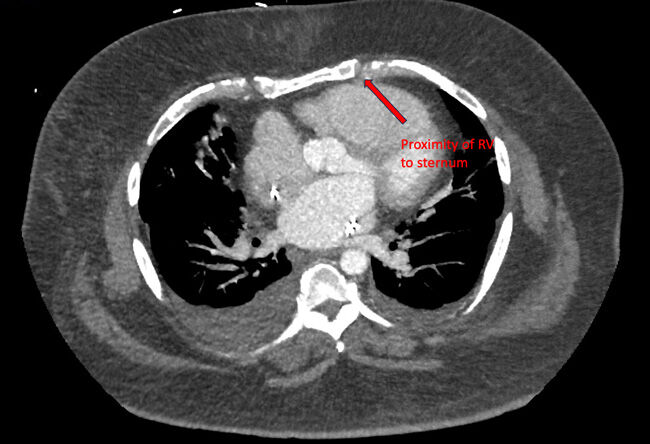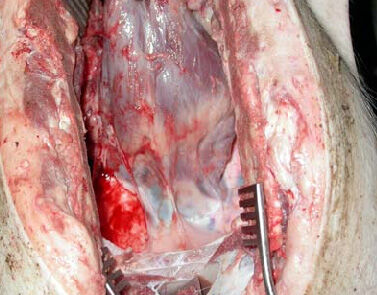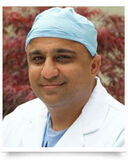“What About Planning & Outcomes For A Third Open-Heart Surgery?” asks Mitrina
Written By: Adam Pick, Patient Advocate, Author & Website Founder
Medical Expert: Marc Gerdisch, MD, Chief of Cardiac Surgery at Franciscan Health
Published: January 12, 2024
The HeartValveSurgery.com website started in 2006. That said, many patients in our community now need heart valve re-operations due to worn-out heart valve replacement devices and/or failing heart valve repairs. As a result, I am receiving many interesting questions from patients as they prepare for their second and third re-operation.
For example, I just received an email from Mitrina who asks, “Hi Adam – As a two-time open-heart surgery patient and a registered nurse, I am finding it very challenging to gather information for a third operation. My questions are “How frequent are third open-heart surgeries?”, “What are the success rates?”, and “Does having a pacemaker have an impact on the success/failure of a third surgery? You should also know that, prior to my last surgery, I was told that my valve is too small to qualify for a TAVR and have an acceptable quality of life. What am I up against so I can plan accordingly?”

To provide Mitrina an expert response to her questions, I contacted Dr. Marc Gerdisch, Chief of Cardiac Surgery at Franciscan Health in Indianapolis, Indiana. As you may know, Dr. Gerdisch has performed over 4,000 heart valve operations during his career. In our community, Dr. Gerdisch has successfully treated over 125 patients.
Dr. Gerdisch Says…
In response to Mitrina’s questions, here is what Dr. Gerdisch wrote:
Excellent question from Mitrina. It is open ended in the sense that reoperation is only one risk factor, as would be surgical complexity, or challenging anatomy. Clearly though there are management, planning, and surgical aspects specific and germane to redo cardiac surgery.
Commonality of a Third Reoperation
Dr. Gerdisch then addressed the commonality of reoperations.
Patients undergoing a third open-heart surgery are infrequent. I would have to dig into the data. I would estimate that about 6-8% of cardiac surgeries nationally are reoperations and the third-, fourth-, and fifth-time cases are sequentially less frequent but do occur. Many of the redo operations find themselves in centers with larger redo experience. In other words, some centers might have 3% redos and others as much as 30%.
The number of times we enter the chest is only one risk factor. For those of us who frequently perform redo cardiac surgery, there is a standardized assessment to create surgical strategy that includes a heart team approach to ensure all options are considered.
Adhesions of the Heart
Dr. Gerdisch explained the complex nature of adhesions of the heart during a reoperation:
The time since the last operation can affect how challenging reentry into the chest may be. Although not always true, returning in the first few years is typically a bit more challenging than several or many years later. “Early” adhesions tend to be more dense, ill-defined, and vascular than older adhesions, which behave like more obvious scar tissue.

The adhesion of the heart to adjacent structures, especially the sternal bone, is a concern. It can be assessed with a CT scan preoperatively, which also gives insight into the path of bypass grafts, position and extent of calcium in heart and blood vessels, and the anatomy of the chest, including the lungs. As such, it allows for quite a lot of planning.

High Fidelity 3-D Imaging for Surgical Planning
Dr. Gerdisch then explained how 3D imaging technologies support the planning of a reoperation.
I would add that in valve surgery, we perform extensive 3-D reconstruction of the spaces occupied by the prosthetic valves already in position to yield predictions regarding the redo valve repair or replacement. It is not unusual for a reoperation to involve multiple valves, whether previously replaced or native valves.
In Mitrina’s case, it would be important to perform a high fidelity 3-D image reconstruction to verify what options may be available. The modeling will allow us to perform a “virtual” intervention and understand how the tissue and prior valve will respond. Then, an algorithm is built combining those findings with Mitrina’s physiology, anatomy, comorbidities, and desires. The decision process begins with what is possible. Indeed, a particular anatomy or risk stratification may make something unachievable, but those scenarios are rare. Usually, it is a matter of ensuring all goals are identified and prioritized.
As is true any time we are opening the chest, we want to be sure we are treating everything that is a clear and present problem, but also make reasonable use of the opportunity to address any other impending issue. This might be in the form of another valve that leaks moderately, or the presence of atrial fibrillation. The composite of everything that needs to be repaired or replaced, patient physiology and frailty, and some global assessment of the patient’s passion for life and longevity will build the case for the approach and the procedure. Keep in mind that we do not always use the same approach when entering the chest and sometimes a minimally invasive surgical option presents itself.
ERAS, Success Rates & Pacemakers
Dr. Gerdisch then explained several factors specific to reoperations including ERAS, outcomes and pacemakers:
Finally, I would add the crucial role of Enhanced Recovery After Surgery (ERAS) for redo cardiac surgery patients. The process begins well before surgery to optimize opportunity for a speedy recovery. There is risk in any invasive procedure; a highly developed ERAS program helps mitigate risk and diminish time to full recovery.
Mitrina asked about success rates. Again, redo status is a single risk factor and does not impact risk any more dramatically than physiologic factors such as heart failure, diabetes, or kidney disease, or anatomic complexity such as dramatic calcification inside the heart or destruction from infection. In general, each factor adds risk, but in reality, risk is more nuanced as there are advantages and disadvantages that do not fit classic definitions.
Responding to Mitrina’s final question, a pre-existing pacemaker adds little or no additional risk.
Thanks Mitrina & Dr. Gerdisch!!
Thanks to Mitrina for her questions about heart valve reoperations and many thanks to Dr. Gerdisch for sharing his clinical experiences and research with our patient community!
Related Links:
Keep on tickin,
Adam












